Meikon underwater housing for Sony cameras review
Introduction
Meikon in a Chinese camera accessory producer specialized in underwater housings and accessories. They are also an OEM manufacturer for many other brands, so you’ll see these exact same housings pop up under different names. The ones I could find are Neewer, Andoer, Camdive and Eachshot. This underwater housing for digital cameras can go down to depths of 40 meters or 130 feet and features an inbuilt leak detection sensor and a SYNC cord connector for underwater flashguns.
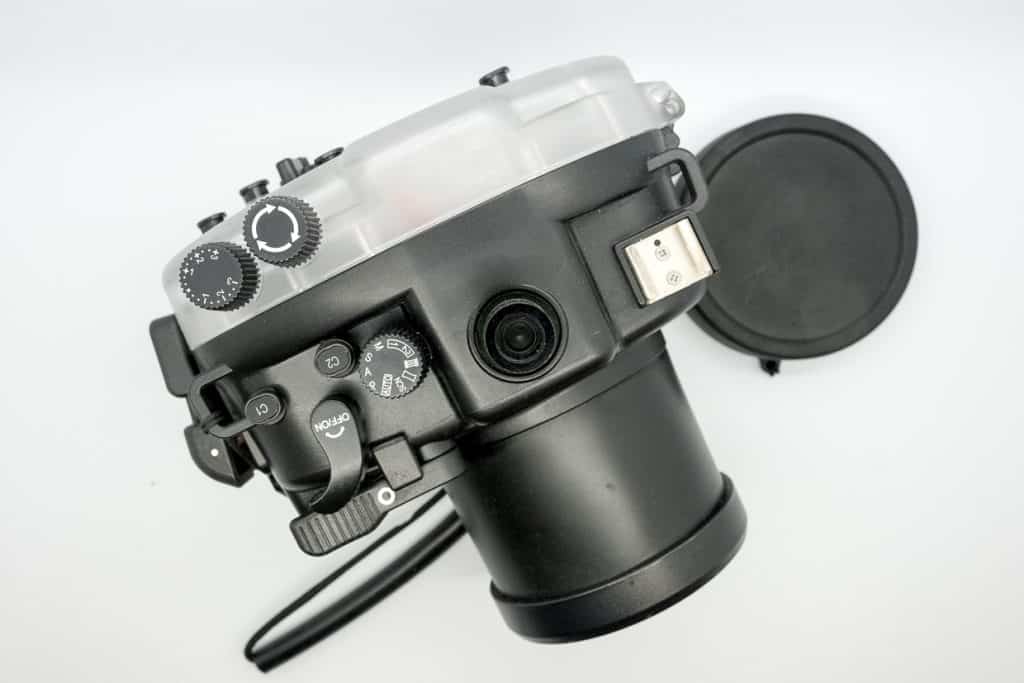
This underwater housing for digital cameras can go down to depths of 40 meters or 130 feet and features an inbuilt leak detection sensor and a SYNC cord connector for underwater flashguns. It’s also extremely buoyant (floats upwards) and comes with a wrist strap, shoulder strap, spare O’ring and lens cover cap.
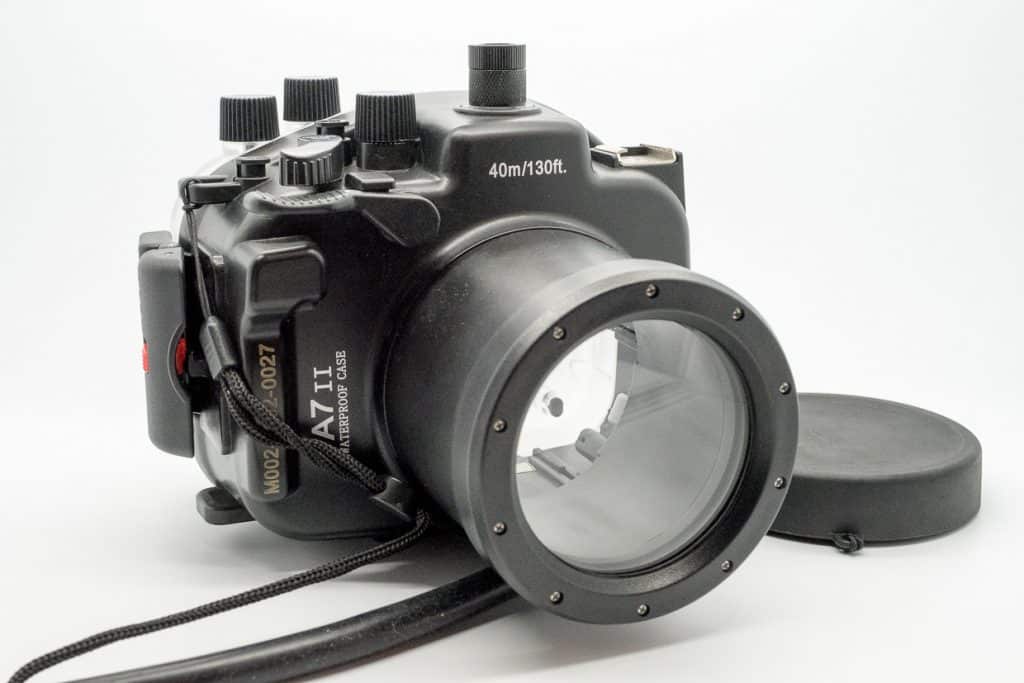
I’ll be reviewing the Meikon underwater housing for the Sony A7m2 here, but all Meikon underwater housing are made to the same specs, so you can expect similar performance from the Meikon housings designed for other cameras. One caveat is that this version only works with the Sony FE 28-70mm f/3.5-5.6. Unlike the Nauticam housings, the Meikons are relatively cheap retailing for under 300 dollars.
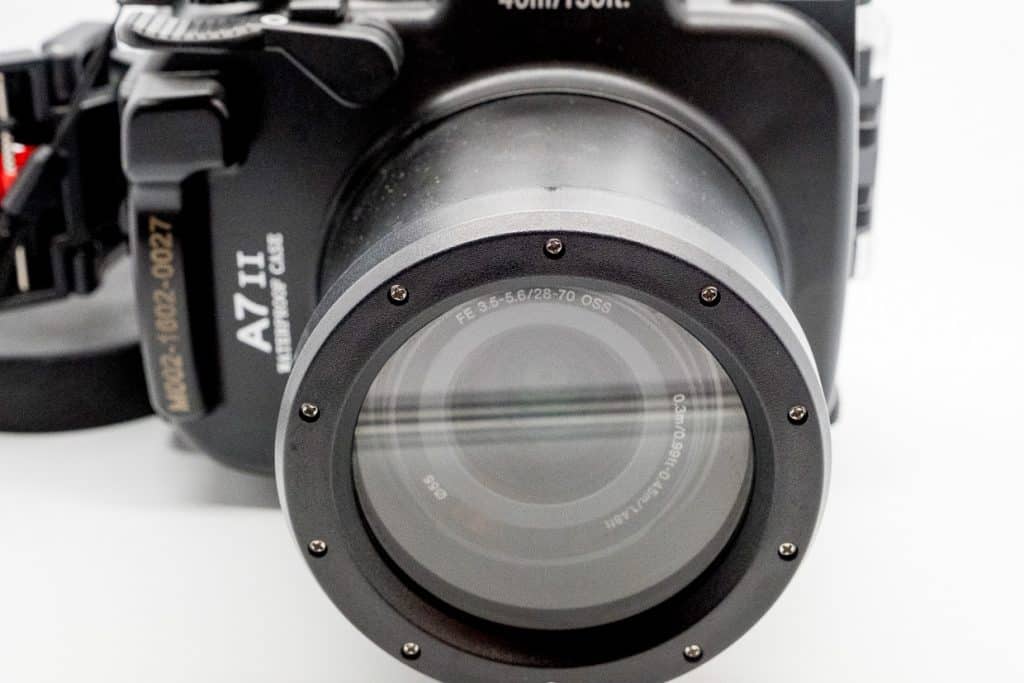
Construction
This underwater housing from Meikon is made from Polycarbonate and ABS plastic. The port window is made from clear plate glass and all internal mechanics are cast in stainless steel. The EPDM rubber water seals ensure that no water can leak in through the numerous buttons and dials. The O’ring (the part that seals the top enclosure) is also made from rubber and uses a spring loaded mechanism to protect your camera properly.
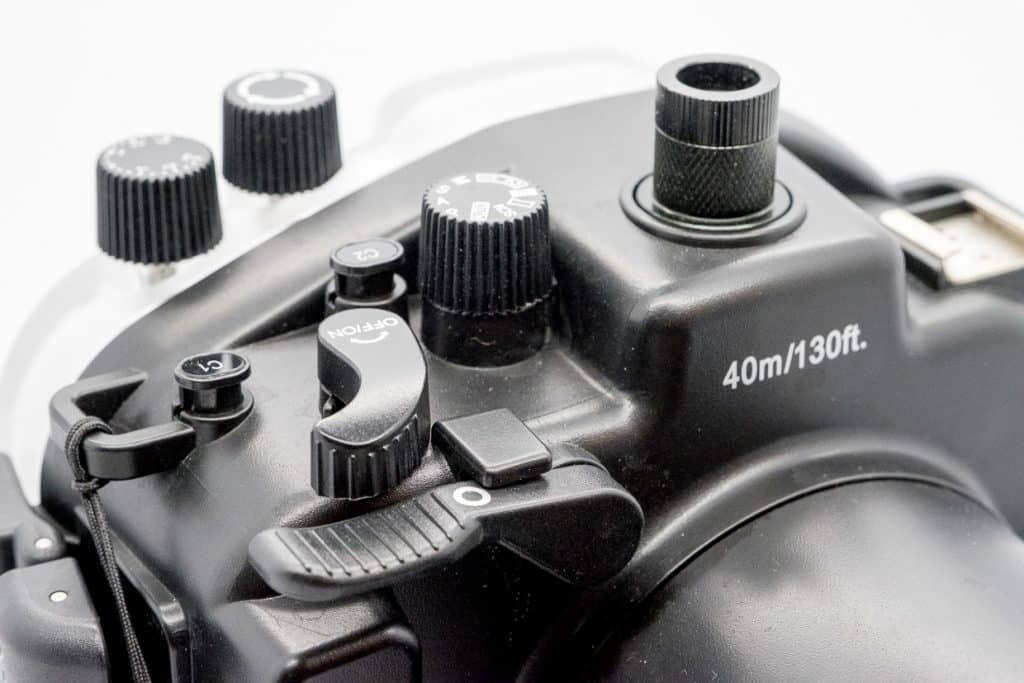
Installing your camera
It’s a good idea to check if the seals and construction are up to standard when you first receive the unit. Just close it, fill up a bath or bucket and submerge the case without the camera for 10 minutes. Then check if any water has leaked in.
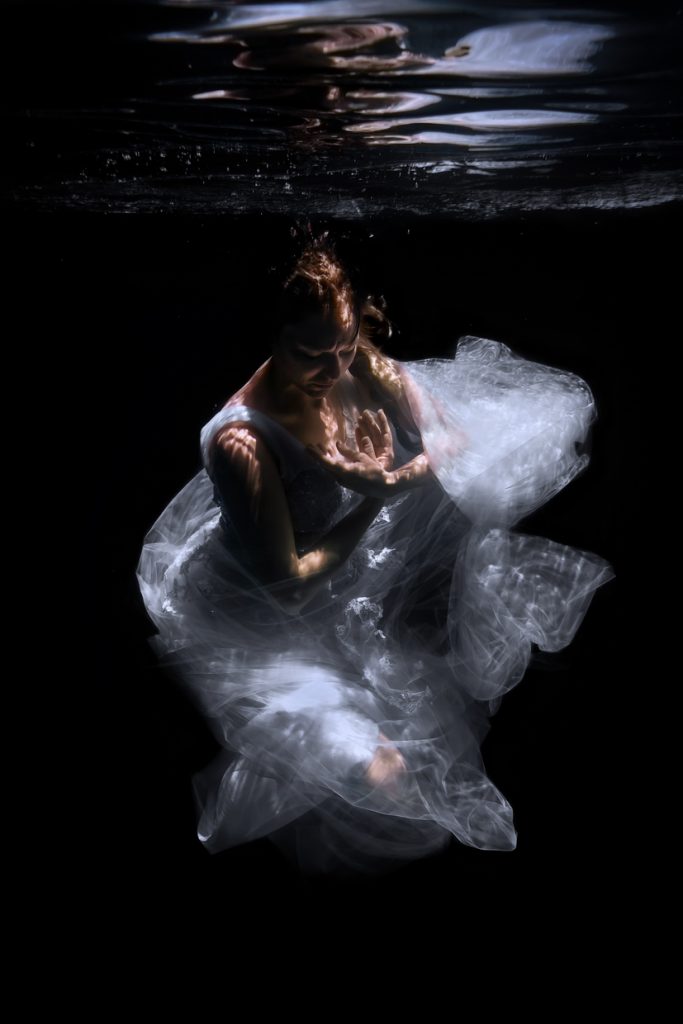
Before installing your camera in the Meikon housing, you should check if the O-ring (the rubber ring that seals the lid) is in good condition and well lubricated. Meikon supply an extra O-ring and a small tube of lubricant inside the box.
If you’re in a hot or humid climate, it is best to do this installation in a cool or air-conditioned area. An air-conditioned car works perfectly. This is to ensure that the least possible amount of humidity will be trapped inside the case. If you forget to do this, you could well have the glass port window fog up once you hit the water. It’s also a good idea to buy some anti-fog inserts and install one inside the body to soak up any humidity left inside.
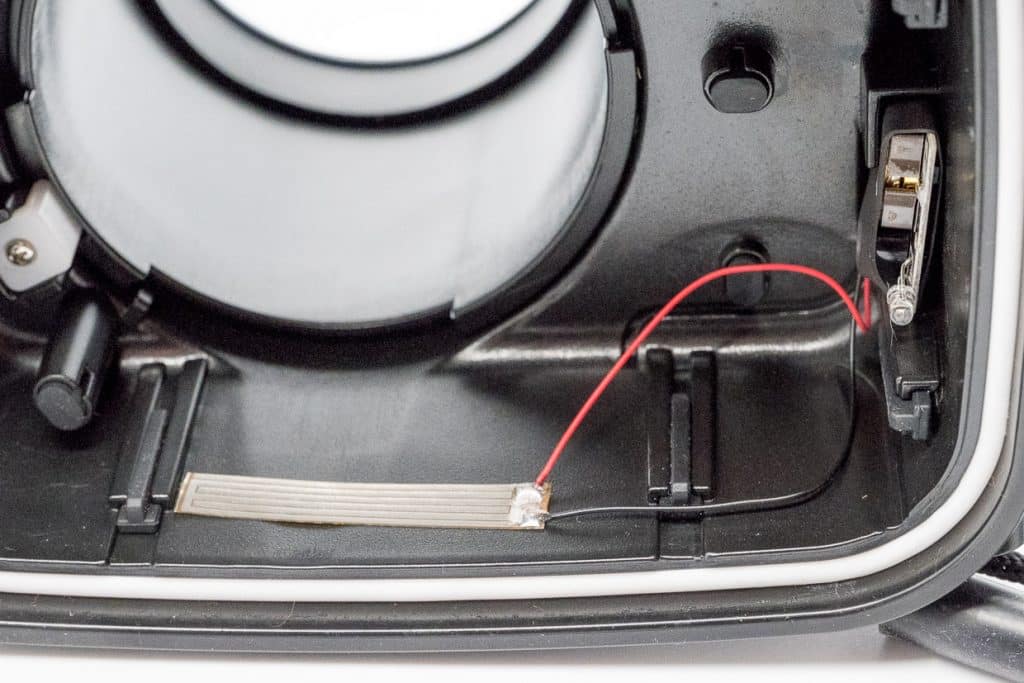
You have to go into the menu and disable the viewfinder and permanently have the image come up on the screen if you expect to see anything. You cannot use the eyepiece as the case does not allow it, and the casing itself would otherwise trigger the EVF continuously.
It is not possible to change the lens’s focal length once inside the housing, so set this beforehand. For underwater photography, the general rule is the wider the better, so set the Sony FE 28-70mm f/3.5-5.6 to 28mm. Also don’t forget to remove the lens cap and sun hood for obvious reasons.
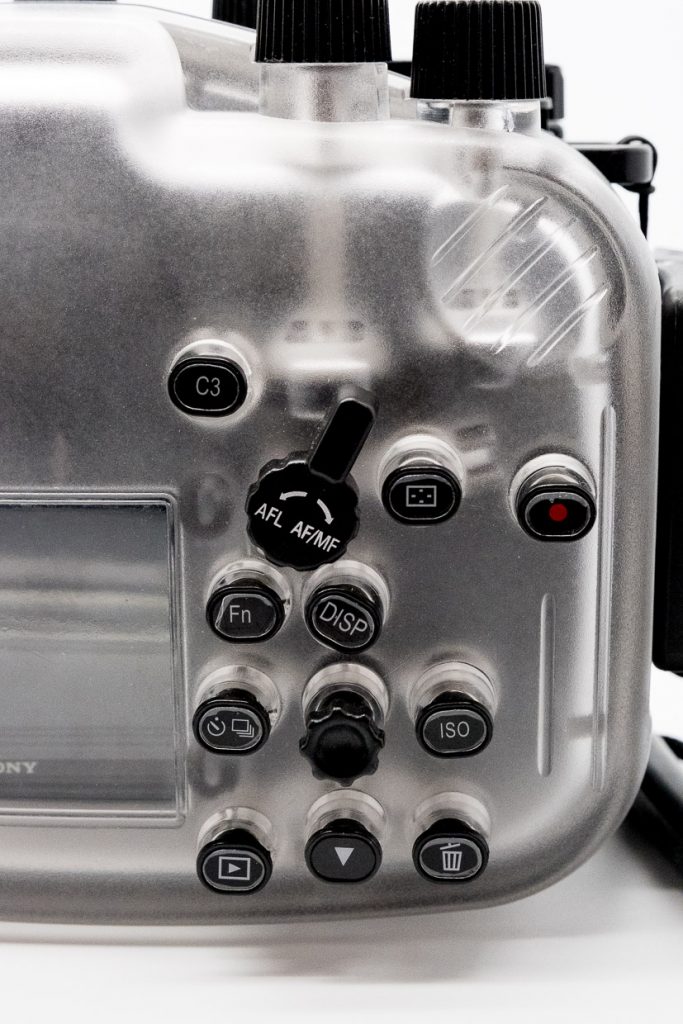
Insert your camera into the housing with the port window facing down. Check if all the dials and switches are lined up. If everything looks good, securely close the back plate and close the case with the spring loaded mechanism.
In use
I used the Meikon underwater housing for an underwater shoot in a Cenote in Mexico, but also extensively tested it in pools and in the ocean down to 10 meter depth. The case always performed admirably and I was very pleased with the images I shot. This Meikon casing is inexpensive and fits perfectly. No issues using buttons expect the Mode dial that doesn’t work with the A7rm2. Meikon is aware of this, and it’s due to the fact that this case was actually built for the Sony A7II, since it is identical in design on paper, they assumed that it would also work on the A7rm2, but the mode dial seems to be placed slightly off center.
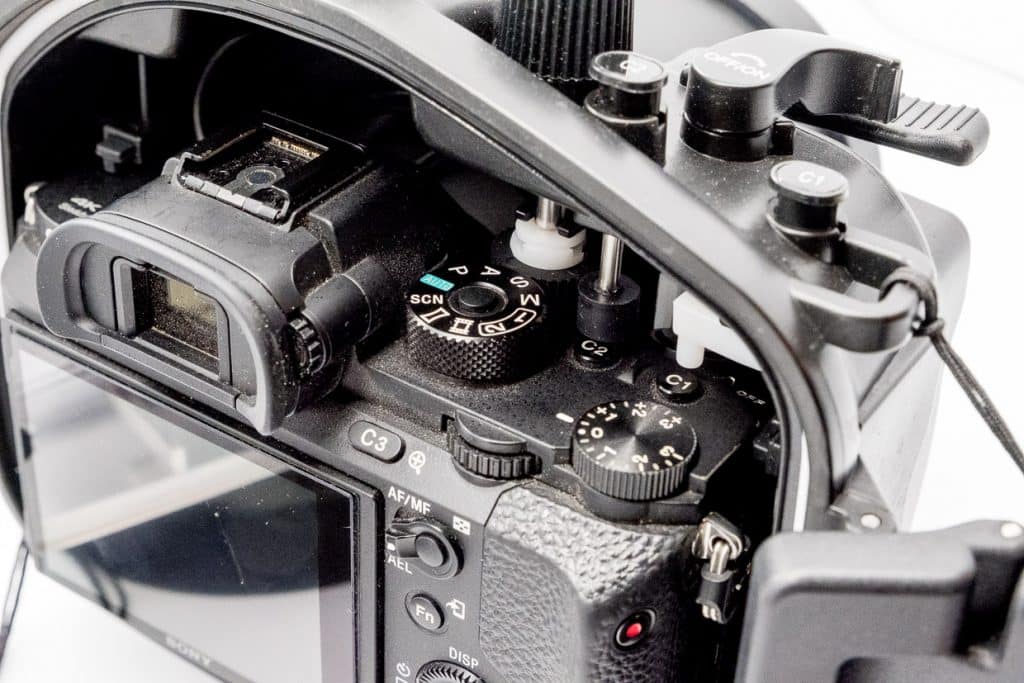
The click wheel on top used to engage the shutter requires a little extra pressure but you get used to this. The leak detection sensor feature also works well (although I didn’t have any leaks). You can test it by just touching it with your finger. You’ll hear a loud buzzing sound and the detector LED will light up.

Changing batteries is of course not easy with a casing like this, you’ll need to get it out of the case to do so, so use the camera sparingly underwater.
Conclusion
The Meikon underwater housing for Sony cameras performs well, especially for the price. All the controls performed flawlessly (except the Mode dial with the ARM2 only) and I did not experience any leaks. In addition to the case, the box contains a neck strap, wrist strap, cleaning cloth, and a small tube of o-ring grease. The leak detection system uses a coin cell battery which is shrink wrapped to the circuit board.
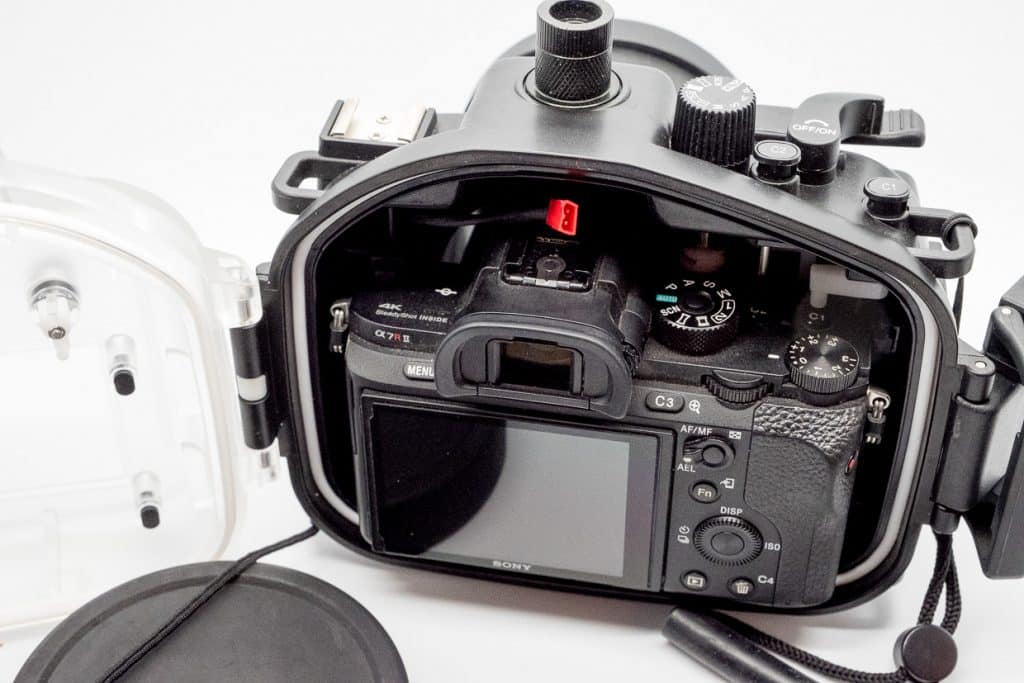
Hence the battery is probably not very easy to replace, but the system does seem to work as long as the case is upright (I tested with a drop of water near the sensor). I did not experience any of the problems with stuck buttons that some of the older Meikon cases are known for.
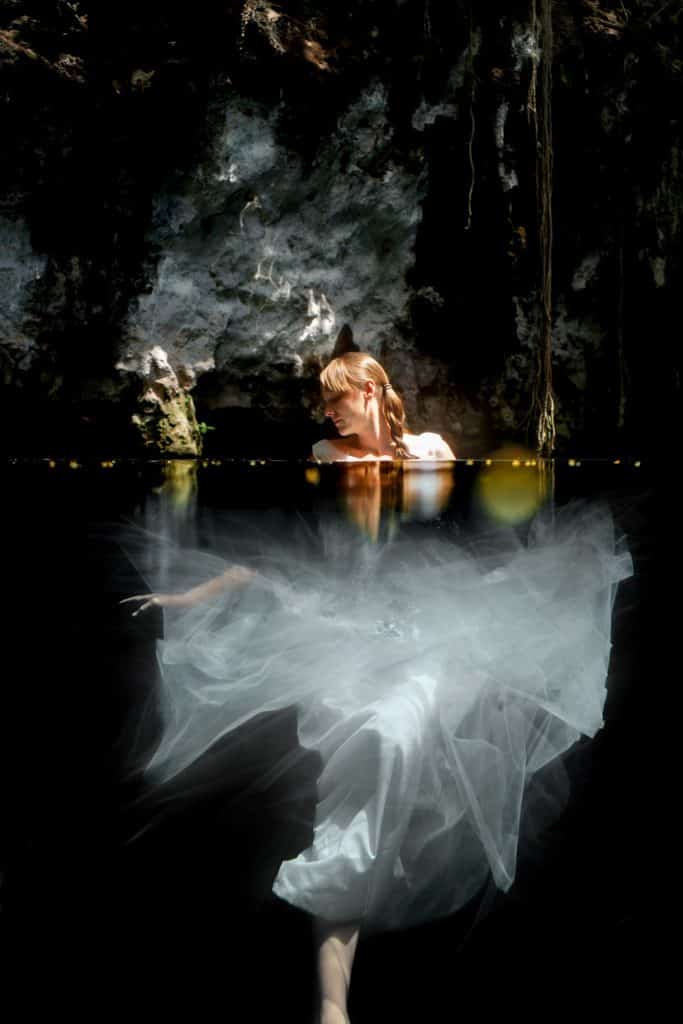
Overall a good buy and one I would recommend as a good budget option.


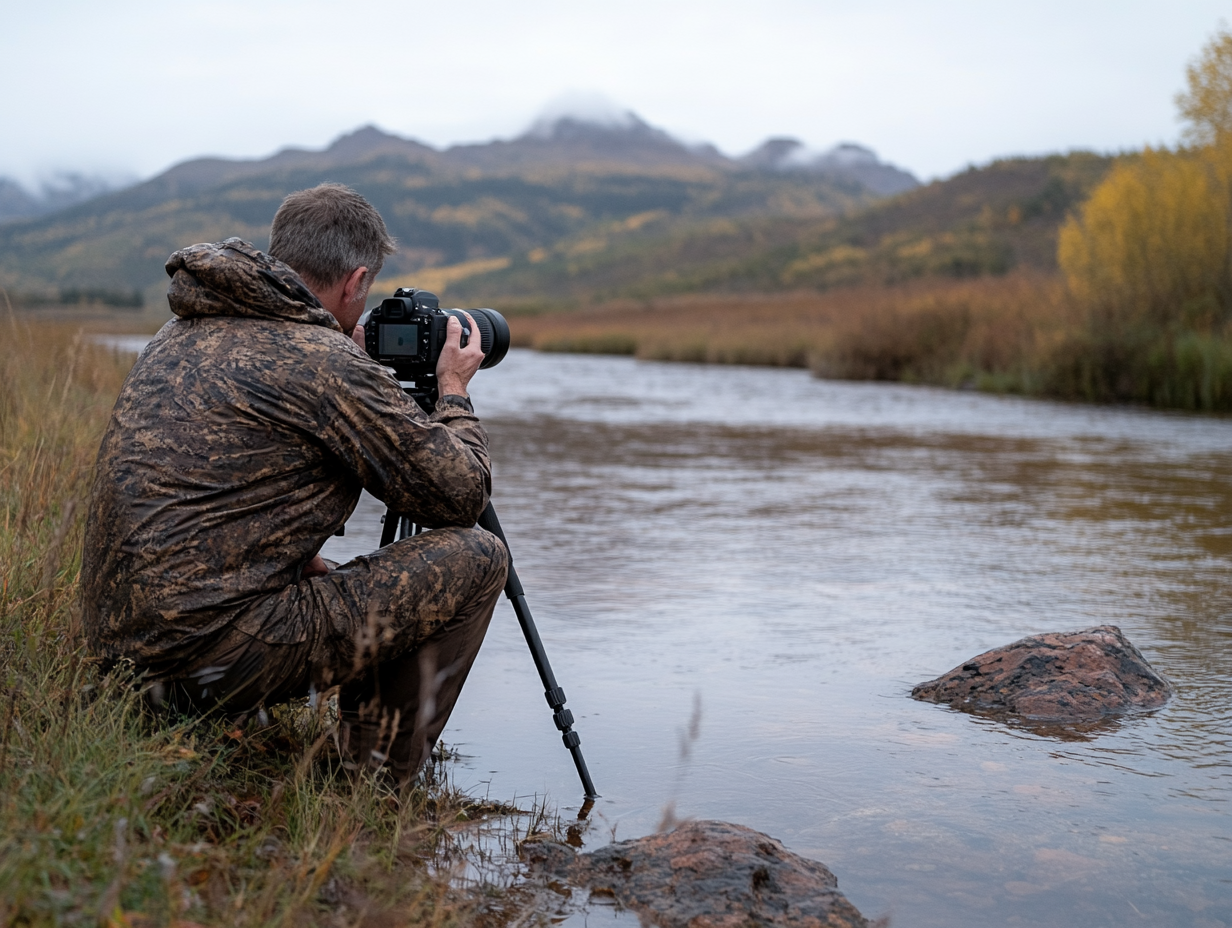
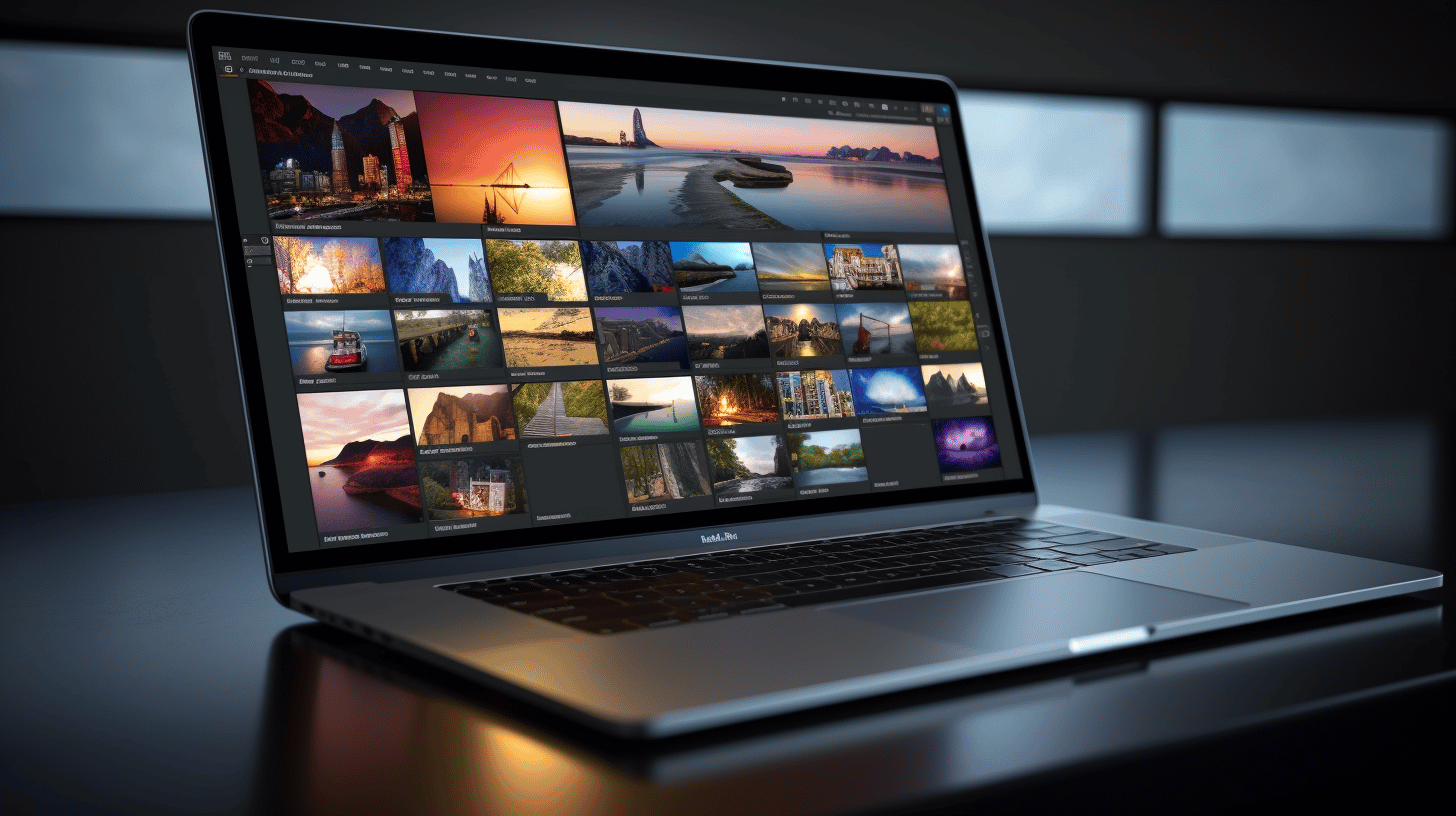
How is the audio when using video?
Hi Hien, Well you are basically recording what you’d hear inside of the housing, so it would be very muffled.
Hello Wim, is the sync cord connector working in ttl mode?
Hi Agus, only in manual mode.
Hi Wim, I have a question… so you said Meikon are Neewer are the same housing under different names, with this said, you could say that Meikon accesories would work well on a Neewer housing-? What do you think
Hi Carolina, no I would not go that far. Neewer orders stuff from Meikon wholesale, but also from other manufacturers. I don’t think they feel obliged that everything should work perfectly together. What items are you referring too, perhaps I can help you more if I know exactly what you are talking about.
Nice review ….thinking about buying this for my now retired Sony NEX-5R. It’s shutter button sticks . I found a DYI repair tutorial on YouTube. Looks easy enough .
Will be shooting surfing . Simple surf sessions nothing epic and I’m not a pro .
I see your a mirror less fan . I replaced the Sony with a Canon EOS MK 6II
sounds good, enjoy your photography.Best, Wim